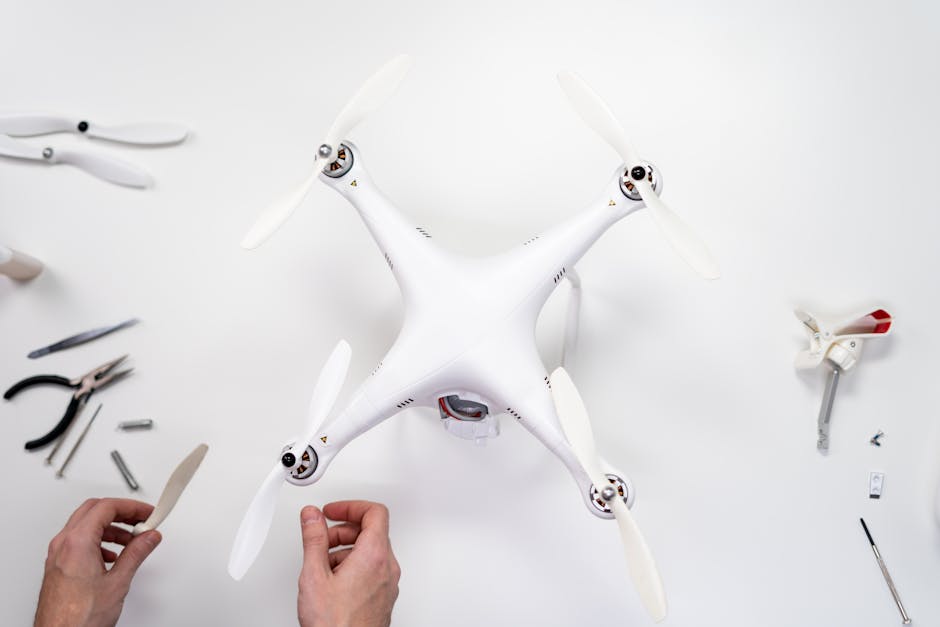13 New Amphibian Species Discovered in Northeast India
Researchers have identified 13 new amphibian species in northeast India, cementing the region’s reputation as a global biodiversity hotspot. The study, led by the Zoological Survey of India (ZSI) and collaborating institutions, highlights the northeast’s unparalleled amphibian diversity, now contributing 40% of India’s total amphibian species.
Northeast India: A Hub of Amphibian Diversity
The northeast’s dense forests, rivers, and wetlands provide ideal habitats for amphibians. The new species—including tree frogs, caecilians, and high-altitude frogs—were found across Assam, Meghalaya, Arunachal Pradesh, and Mizoram. Key discoveries:
- Meghalaya’s Unique Tree Frog – Recognized by its distinct mating call, unlike any known Indian frog.
- Mizoram’s Burrowing Caecilian – A rare, worm-like amphibian that lives underground.
- Arunachal’s High-Altitude Frog – Adapted to survive in low-oxygen, misty mountain forests.
Why These Findings Matter
Amphibians are critical bioindicators—their sensitivity to pollution and climate change makes them vital for assessing ecosystem health. Dr. S. D. Biju, India’s leading amphibian expert, states:
“The northeast is a living laboratory. These discoveries show how much remains unknown.”
Conservation Challenges
Despite the excitement, threats loom:
– Habitat loss from deforestation, dams, and urbanization.
– Climate change disrupting breeding cycles.
– 30% of Indian amphibians are endangered (IUCN, 2022).
Dr. Bitapi Sinha, a study co-author, warns:
“Many species are micro-endemic. Lose their habitat, and they’re gone forever.”
Protecting Northeast India’s Amphibians
Experts recommend:
1. Expanding protected areas for amphibians.
2. Involving local communities in conservation.
3. Climate-resilient research to track environmental impacts.
Conclusion: A Call to Action
These discoveries underscore the northeast’s ecological importance—but urgent conservation is needed to prevent extinction. Sustainable development and habitat protection must go hand in hand.
Stay updated on wildlife discoveries with NextMinuteNews.




